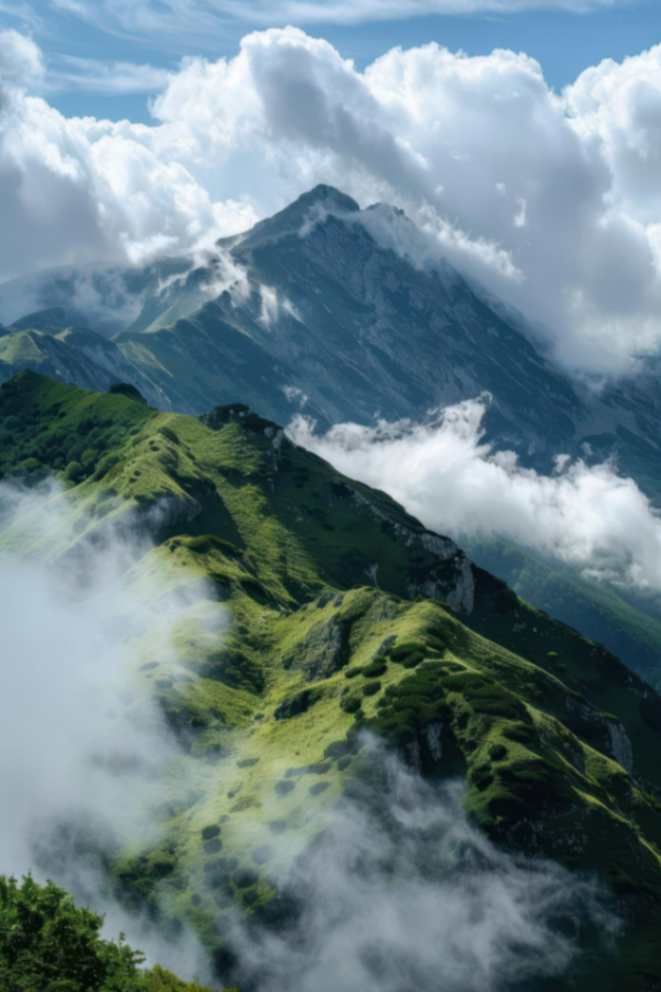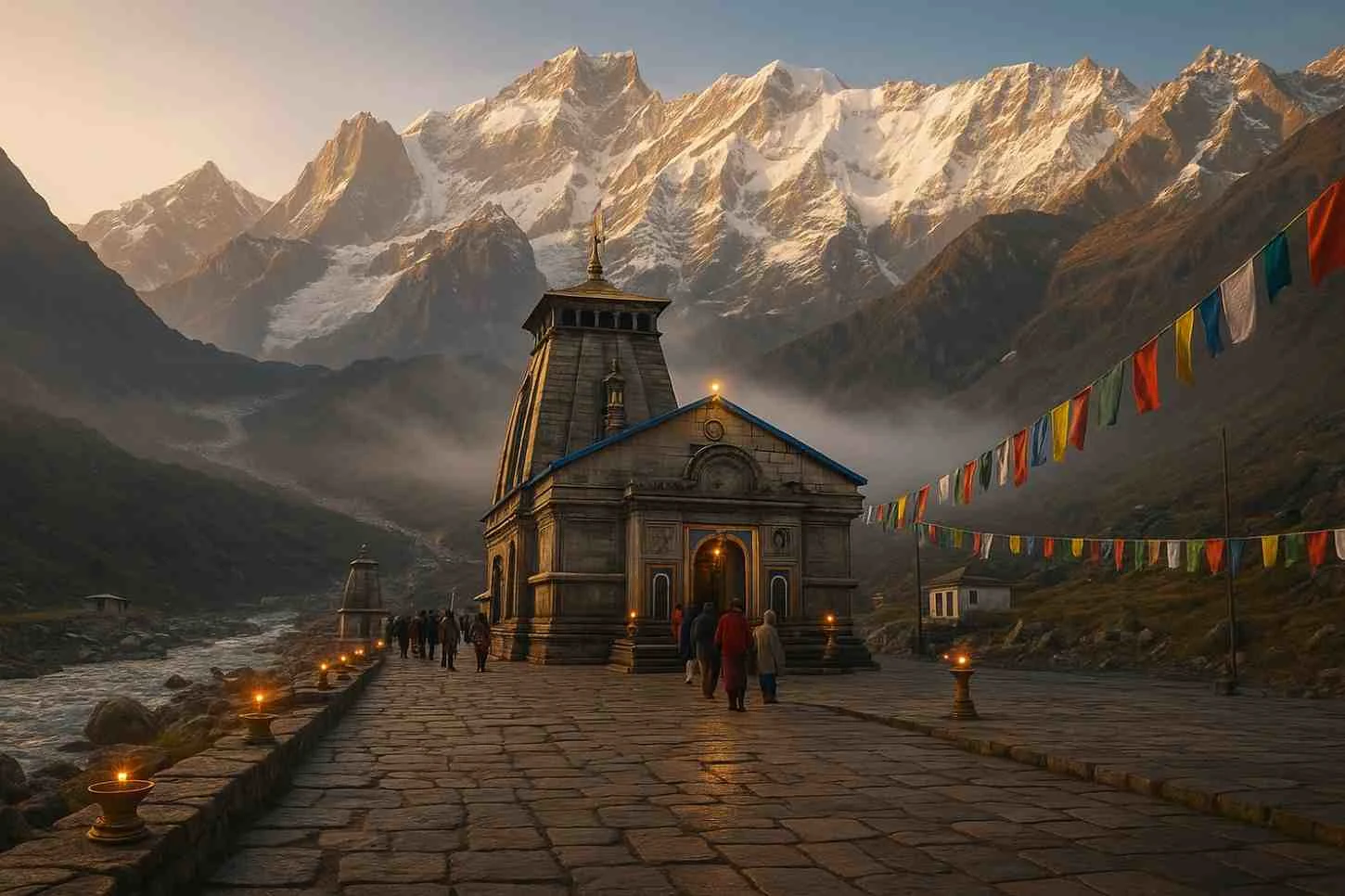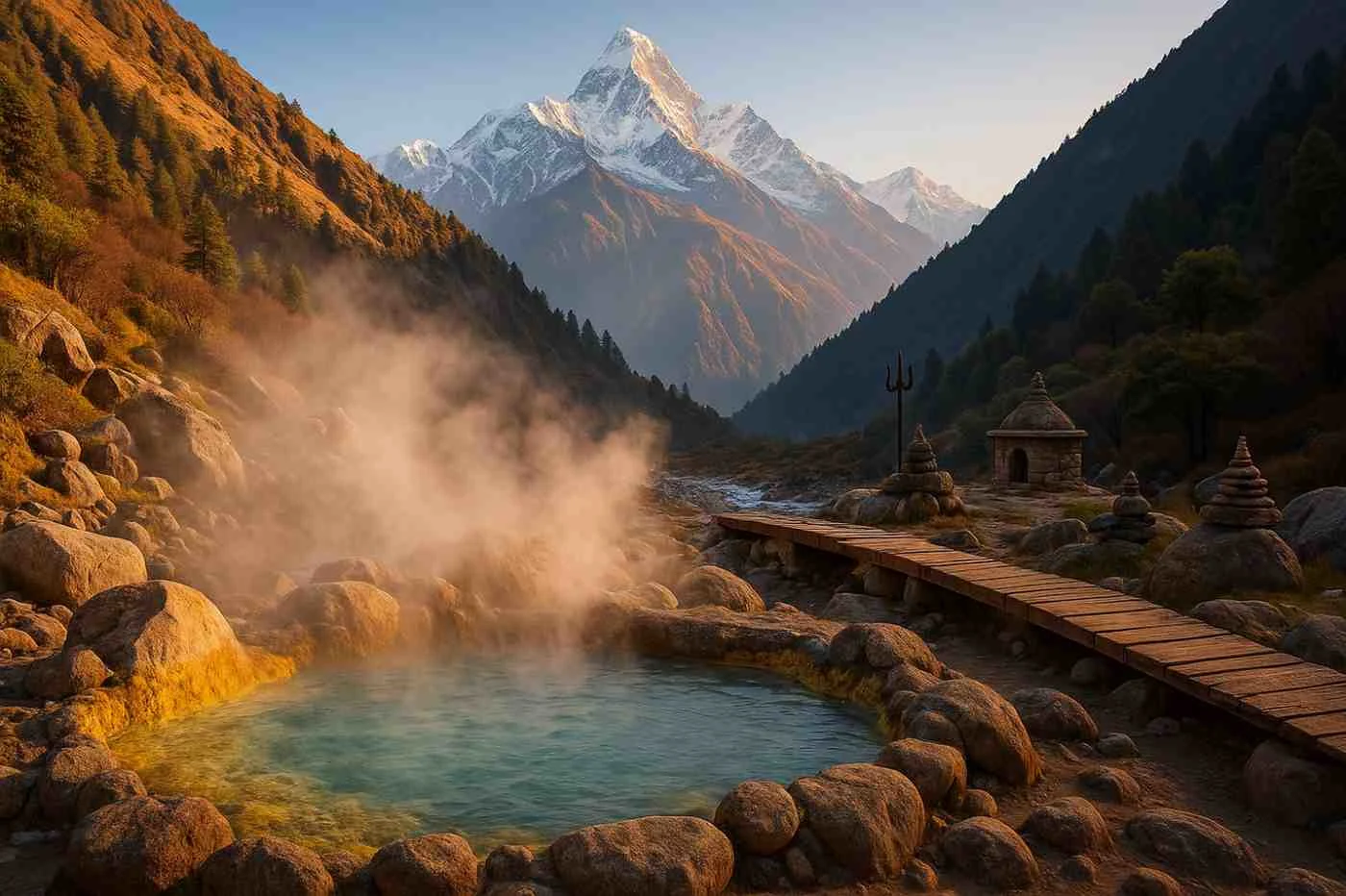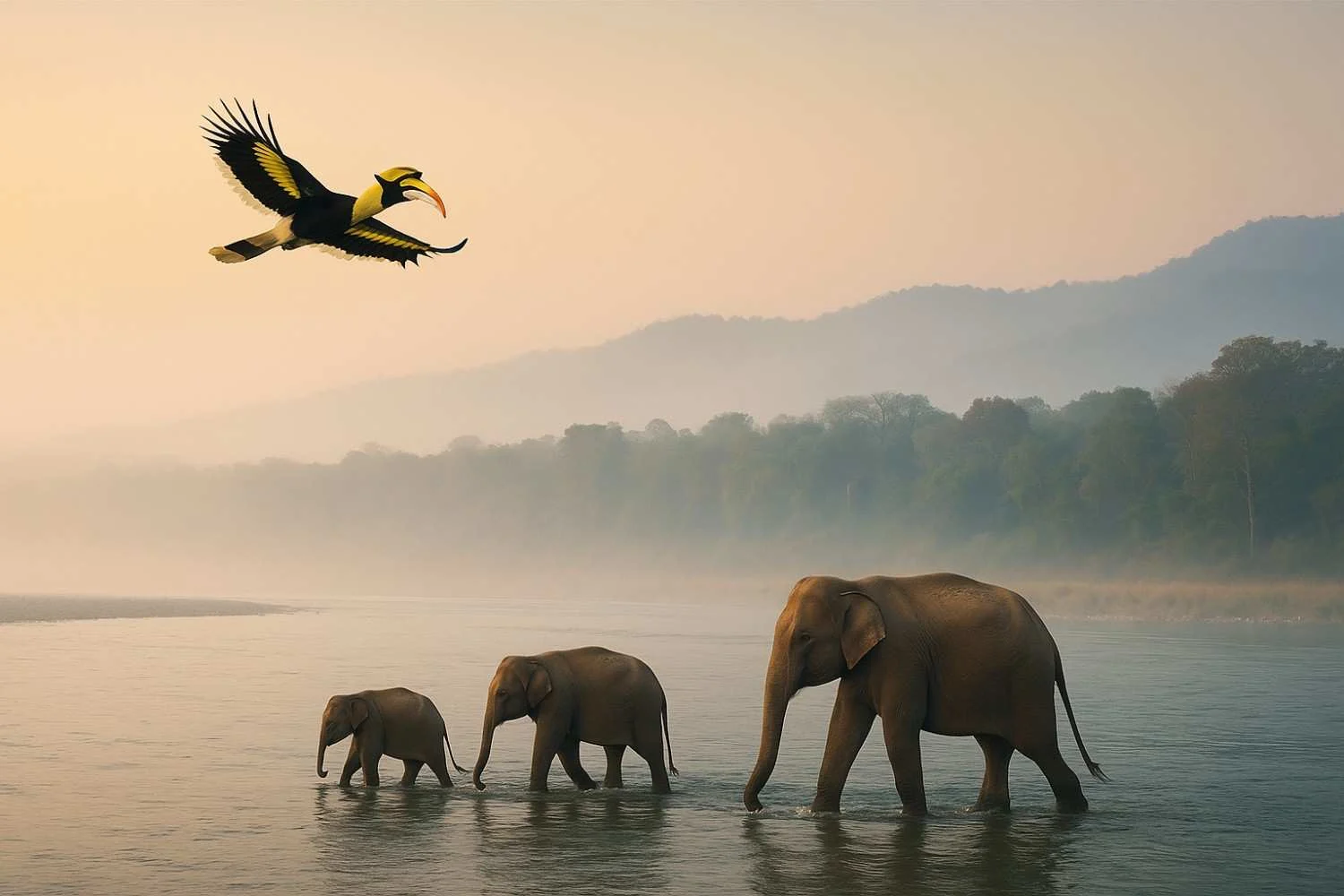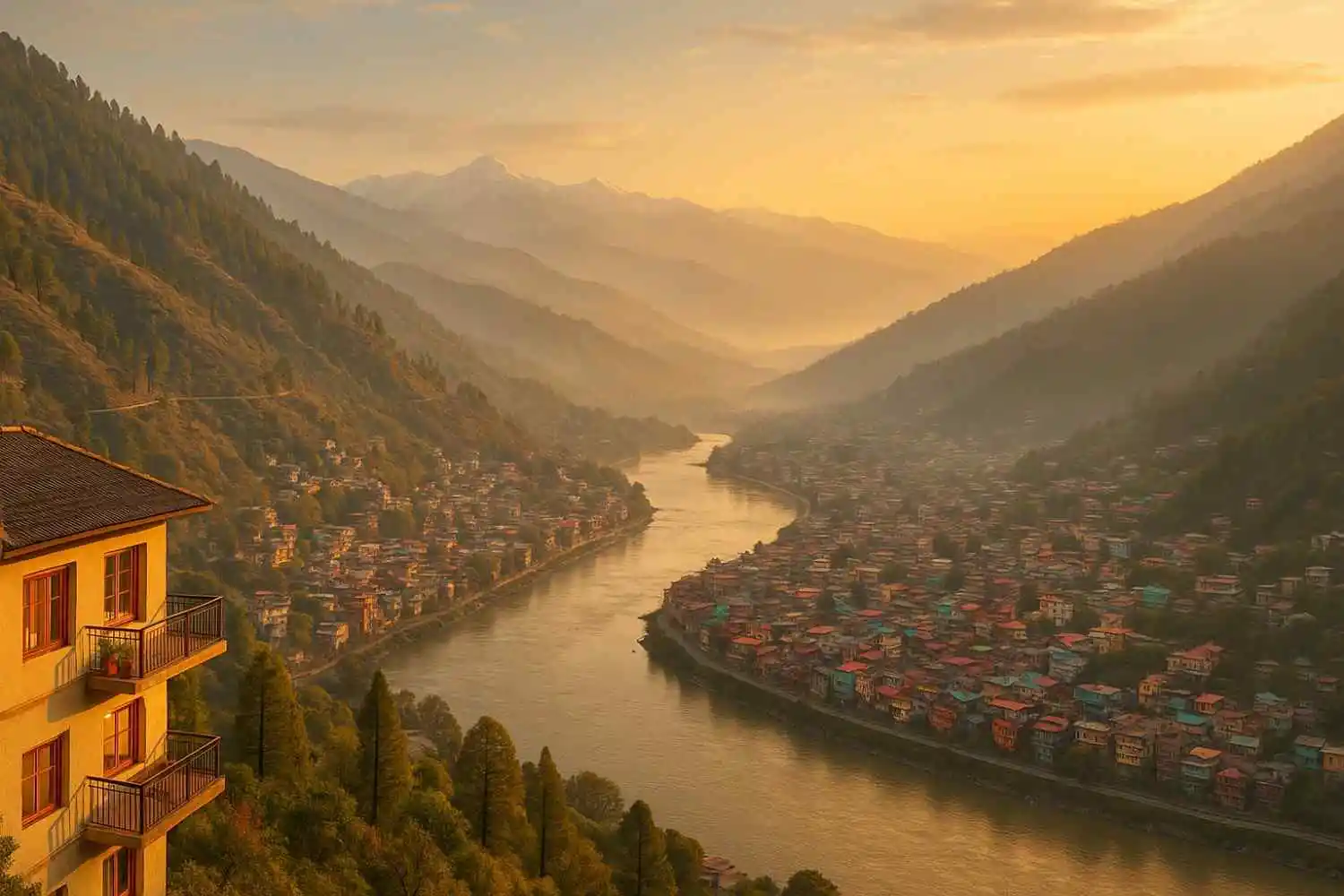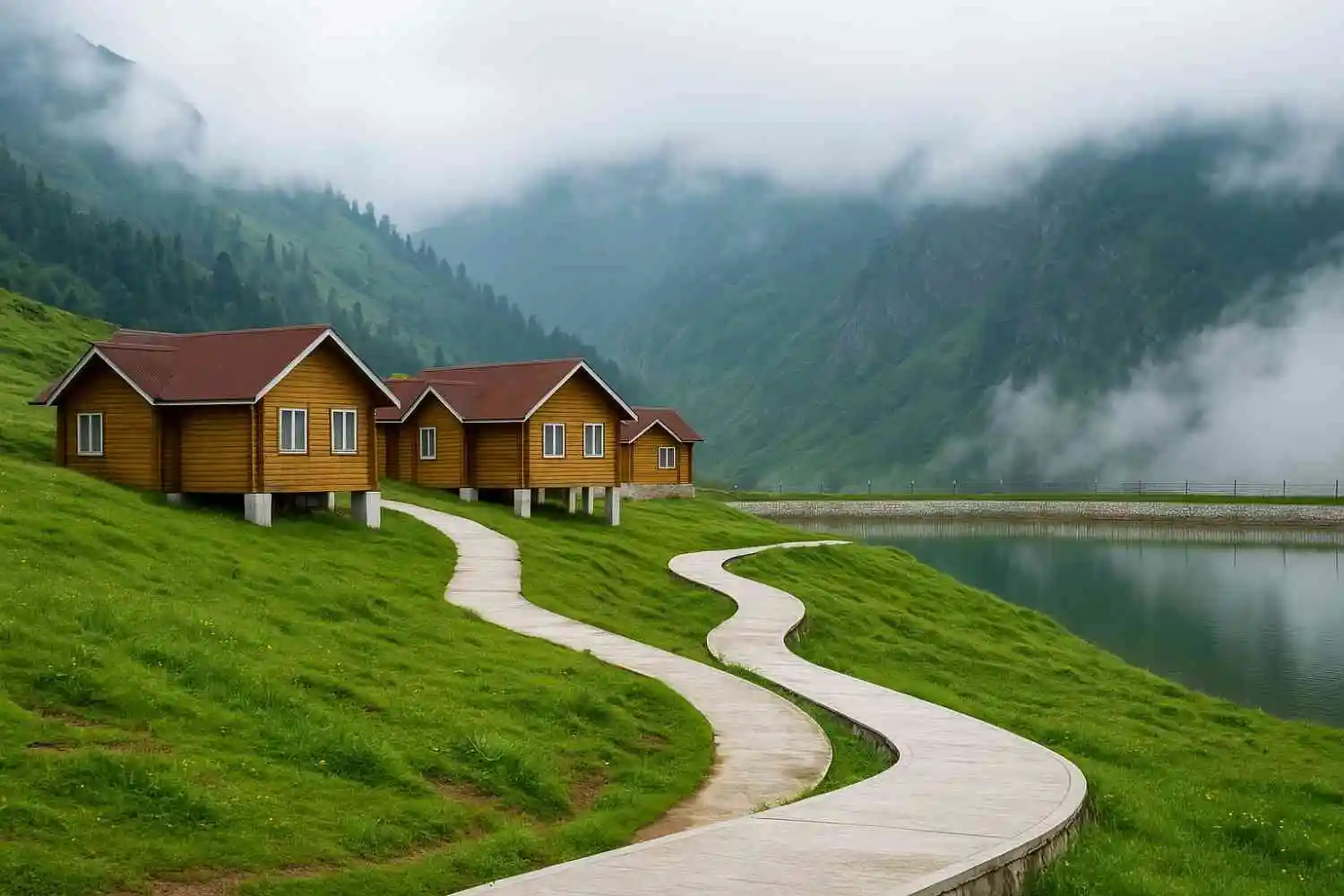(8 min read)
The holy Mani Mahesh Yatra in the Himalayas is a beautiful and spiritual trip. Thousands of worshippers and adventurers visit the sacred Mani Mahesh Lake in Bharmour, Himachal Pradesh, at the foot of Manimahesh Kailash. This demanding and transformational adventure offers an unmatched view of the Himalayas’ raw beauty.
Mani Mahesh

However, the monsoon season makes the 2024 Mani Mahesh Yatra difficult. The pilgrimage might be dangerous in Chamba because of heavy rainfall and landslides. A safe and effective yatra requires planning and safety knowledge. This blog will teach you safety procedures to make your journey safe and memorable.
Understanding Mani Mahesh Yatra-
Mani Mahesh, the “jewel of Shiva,” is cherished by Shiva’s followers. The pilgrimage begins in Chamba or Bharmour and ends in Mani Mahesh Lake after several days. The old Hadsar path and the more difficult Kugti Pass route make up the yatra.
Monsoon Challenge-
Heavy rainfall in the Himalayas from July to September causes overflowing rivers, hazardous routes, and frequent landslides. This season, landslides are common in Chamba, an important Mani Mahesh Yatra zone, making the walk more dangerous.
Key Safety Measures-
1. Stay Informed
Before starting the yatra, check the weather and trail conditions. The HPDMA and local authorities regularly update weather predictions, landslip alerts, and road conditions. Follow these updates to plan your trip.
2. Pick the Right Time
Schedule the Mani Mahesh Yatra during low-rainfall months. Early mornings and late evenings get less rain than midday. Start your journey early to avoid heavy rain and landslides.
3. Travel in Groups
Monsoon solo trekking is not recommended. Traveling in groups provides emergency backup. Organized yantras have expert guides who can handle challenging terrain.
4. Proper Gear and Clothing
Monsoon trekking demands special gear for safety and comfort:
A. Waterproof: Buy high-quality waterproof coats, trousers, and ponchos to stay dry.
B. Shoes: Use robust, waterproof hiking boots with high grip for slippery routes.
C. Backpack: Protect your things with waterproof backpack covers.
D. Walking Poles: On uneven and slippery surfaces, walking poles can enhance stability.
5. Bring Essentials:
Monsoon trekking gear should go in your backpack:
A. First Aid Kit: Antiseptics, bandages, painkillers, and personal drugs.
B. Water Purification Tablets: Monsoons pollute water. Make sure water is clean before consuming.
C. Energy bars and snacks: High-energy bars and snacks are essential for stamina.
D. Torch and extra batteries: Heavy rains cause power disruptions and reduced visibility.
6. Lodging Planning
Book your lodging in advance to minimize last-minute problems. Traditional rest huts and tents along the Yatra path may not be prepared for severe rains. Choose lodgings with rain protection and minimal facilities.
7. Navigation, Communication
GPS and Maps: Bring regional maps and GPS devices. The Himalayas have unstable mobile networks.
Walkie-Talkies: Great for group communication in locations without mobile service.
8. Local Advice
Local guides and porters are essential on the yatra. They know the terrain and weather well. Hiring a local guide improves safety and experience.
9. Awareness of the Chamba Landslide
The Mani Mahesh Yatra passes through Chamba, Which is prone to monsoon landslides. Landslip risk assessment and response can save lives.

Locating Landslide Risks:
A. Latest Landslides: Know about recent landslides. Such areas are more likely to experience incidents.
B. Warning Signs: Look for fractures, leaning trees, and streaming debris to predict landslides.
During a Landslide:
A. Relocate to Higher Ground: If rumbling or debris is moving, relocate to higher ground immediately.
B. Avoid Riverbanks: Landslides often cause flooding. Avoid riverbanks and creeks.
C. Follow Authorities Instructions: Follow local authorities and advisors’ cautions.
Post-Landslip Actions:
A. Check Injuries: Protect your group and check for injuries. First aid if needed.
B. Avoid Damaged Areas: Stay away from the landslip site until officials make it safe.
C. Report to Authorities: Notify local authorities of the landslip, especially if injuries or pathways are obstructed.
10. Cultural Sensitivity and Environmental Responsibility
A spiritual and physical trek, the Mani Mahesh Yatra. Honor the local culture and ecology on your journey.
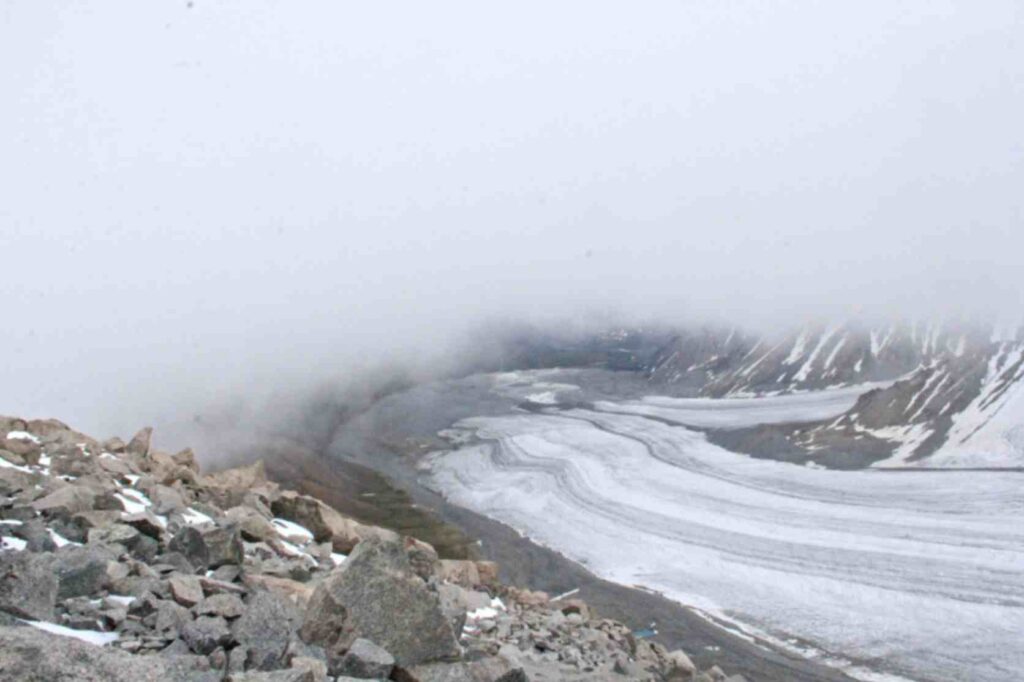
Respect Local Traditions:
Remember to dress modestly when visiting temples and religious locations.
Follow Rituals: Attend local rites with respect.
Leave No trace:
Avoid littering: Return all rubbish to authorized disposal places.
Use Green Products: Reduce your environmental effects by using biodegradable items.
Wildlife Awareness:
Don’t disturb local wildlife: Do not feed or bother animals.
Stay on Trails: Stay on paths to protect the delicate ecology.
11. Avoiding the Monsoon Season
While the Mani Mahesh Yatra is more difficult during the rainy season, it is not the only time to go. Escaping the monsoon reduces the risk of landslides, flooded rivers, and treacherous routes. Some reasons and ideas for organizing your yatra outside the monsoon.
Lower Landslip Risk:
Landslides are common in Chamba during the Himalayan monsoon. Landslides harm infrastructure, obstruct pathways, and endanger lives. Avoiding the monsoon reduces your chance of natural disasters.
Weather Stability:
Before and after the monsoon, May-June and September-October have more steady weather. Hiking is more enjoyable with a clear sky and dry pathways. Mani Mahesh Kailash summit vistas are enhanced by post-monsoon chilly, fresh air.
Trail Improvements:
In the rain, routes become muddy and slippery, making the walk harder and riskier. Trail conditions are better outside the monsoon season, making trekking safer and more comfortable.
More Accommodations:
Pilgrims during the monsoon might overcrowd rest buildings and tents. Planning your yatra during off-peak months increases your chances of finding pleasant, well-maintained lodgings, improving your experience.
12. Cultural and Festive Opportunities
While monsoon season is linked with pilgrimage, the region’s rich cultural legacy may be explored year-round. Visiting during local festivals and fairs outside the monsoon season gives a greater understanding of local customs and traditions without the extra burden of bad weather.
Watch This: Tong-Len Charitable Trust:- Tong-Len School, Education in the Slum Camps, Holistic Education, Tertiary Education, Vocational Training Project and Health. Himalayas Digital Platform for the Himalayan Region.
13. Conclusion
The monsoon Mani Mahesh Yatra tests faith, stamina, and preparedness. Following these safety procedures and remaining informed will ensure a safe and enjoyable pilgrimage. If monsoon obstacles sound intimidating, schedule your yatra during a better season. In better weather, Mani Mahesh Lake is just as mystical and fulfilling.
Respect the land and customs and open your heart to the adventure. May your Mani Mahesh Yatra be peaceful and spiritual in the monsoon or elsewhere. Keep safe, be courteous, and let Lord Shiva lead you.
Also Read This: Tibetan Cancer Treatment In Dharamshala
